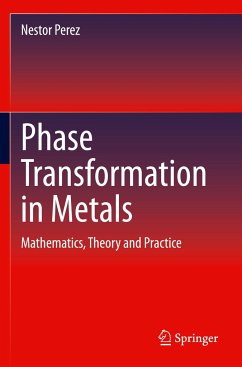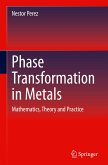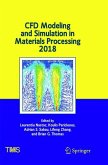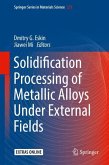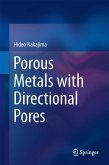This textbook explains the physics of phase transformation and associated constraints from a metallurgical or materials science point of view, based on many topics including crystallography, mass transport by diffusion, thermodynamics, heat transfer and related temperature gradients, thermal deformation, and even fracture mechanics. The work presented emphasizes solidification and related analytical models based on heat transfer. This corresponds with the most fundamental physical event of continuous evolution of latent heat of fusion for directional or non-directional liquid-to-solid phase transformation at a specific interface with a certain geometrical shape, such as planar or curved front. Dr. Perez introduces mathematical and engineering approximation schemes for describing the phase transformation, mainly during solidification of pure metals and alloys. Giving clear definitions and explanations of theoretical concepts and full detail of derivation of formulae, this interdisciplinary volume is ideal for graduate and upper-level undergraduate students in applied science, and professionals in the metal making and surface reconstruction industries.

